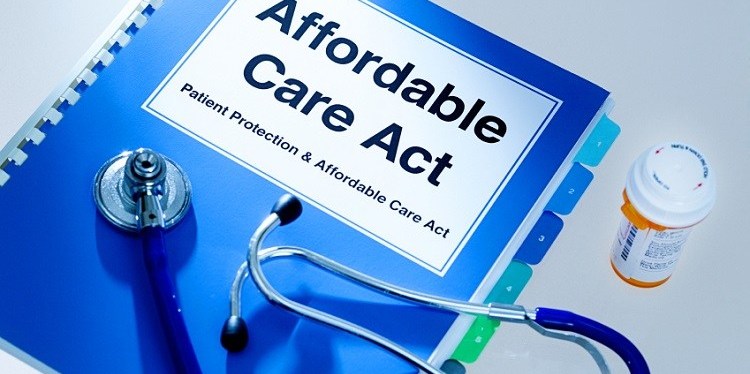Uncertainty. In particular, diagnostic uncertainty, would keep me awake at night, early in my career as a freshly minted critical care doctor. Patients who deteriorated without explanation or haziness on CT Scans without an identified cause, fanned the flames of my insecurity. The scenarios would leave me edgy and uncomfortable impacting my life outside the boundaries of work. Like most doctors, over the years I learned to co-exist with this uncertainty. Human sickness and disease can be challenging mysteries.
Recently, a new kind of uneasiness has invaded my world causing all sorts of havoc. With the politicization of health care reform and attempts at repeal and replace Obamacare, uncertainty is rearing its head with a vengeance. Twitter and Facebook give minute by minute updates on which senators are a “yes” or “no” and where public opinion currently lies. The evening television roundup details rumors that have leaked from behind closed door meetings. The background noise of it all is deafening. Most discussions are focused on the future impact potential budget cuts or regulation changes. But the uncertainty created by our polarized and tribal politics on any path forward for health care reform is having a real impact now. Every hour of every day, both in the hospital and in my office where I interact with my patients.
Walking through the halls of the hospitals, from the ICU to the general floors, the effects of this uncertainty have permeated everything. Hospitals have undergone significant strategic changes in the last seven years to adapt to the landscape created by the Affordable Care Act (ACA). These changes were made with the understanding that more people, not fewer, will have insurance coverage. They have counted on a stable and predictable reimbursement model. Uncertain of the future, hospitals have now become apoplectic with regards to investing in capital improvements or increasing staff. Holds on purchasing upgraded equipment, such as the bronchoscopes I use to diagnosis tumors in the least invasive way not only hinder my diagnostic ability but have a significant impact on the patient who must now undergo thoracic surgery to make the same diagnosis. Redesigning workflow and optimizing processes for efficiency and patient safety have stalled. Updating outdated patient rooms is tabled, denying recovering patients more comfort and privacy. Increasing staff levels is a non-starter. Burnout among health care practitioners is already running high. Increasing patient to staff ratios, in the setting of escalating workloads, along with a constant fear of downsizing with the next round of budget cuts, adds to staff frustration, low morale and compassion fatigue. Our hospitals are frozen waiting to respond to a process in which they have been denied a voice, due to closed door meetings and back door dealings.
My office is not immune to this stress. Our staff is overworked and already squeezed throughout the day. They are caring people and at times have gone to the ends of the earth to accommodate nervous, frustrated, and often angry and confused patients. But they are getting worn thin. Uncertain times have led my group to hunker down and hold on hiring more support due to the increase costs and overhead of additional salary, office space and benefits. It’s hard to make a leap of faith and trust that hiring will lead to increased growth. In unpredictable times, we do not increase costs, for fear of declines in revenue. Therefore, we continue to task those on the front lines of our office to absorb and endure more, hoping that they won’t break.
And it is in this already stressed environment, that the relationship between doctor and patient suffers. Patients bring more angst and fear, not knowing if their chronic diseases will become pre-existing conditions next year. Will they be able to afford their premiums, their medicines, their equipment? Will they still be covered for their anxiety or depression? These fears are often brought up before, during and after their fifteen-minute office visit. More time spent talking about these issues means something else has to give. There are only so many minutes in day. Do we skip that smoking cessation conversation? Do we run over and start the next patient late? Or does it come at the cost of adding to my own compassion fatigue?
As a physician, as a small business owner, and as a consumer of healthcare for myself and my children I find this situation unconscionable. I don’t have the answers to the flawed system currently in place. But one does not have to have solutions in order to recognize the current approach to improving the ACA is fundamentally wrong. Taking care of patients is not a political process and the current politicizing of health care reform is hurting people. I’m not talking about government reports of projected costs incurred or saved, or how many millions of people will ultimately not be covered on some future date. I mean the real distress affecting real people today! Not just patients, but those on the front lines who care for them. The nurses and patient care techs within the hospitals. And the support staff in the office. By my family and children and my neighbors on my block and around the country. It’s is happening. Right now. And it’s time for the adults in the room to stand up. Are our elected leaders ready?

